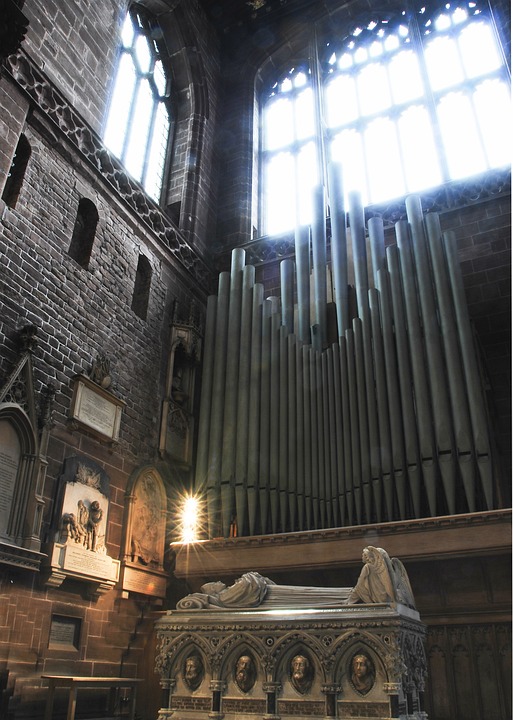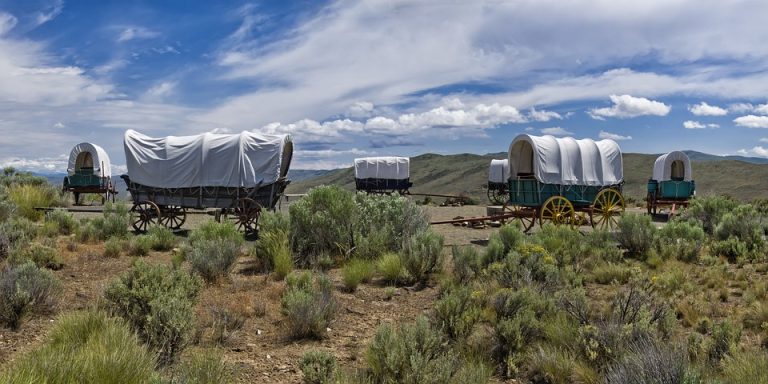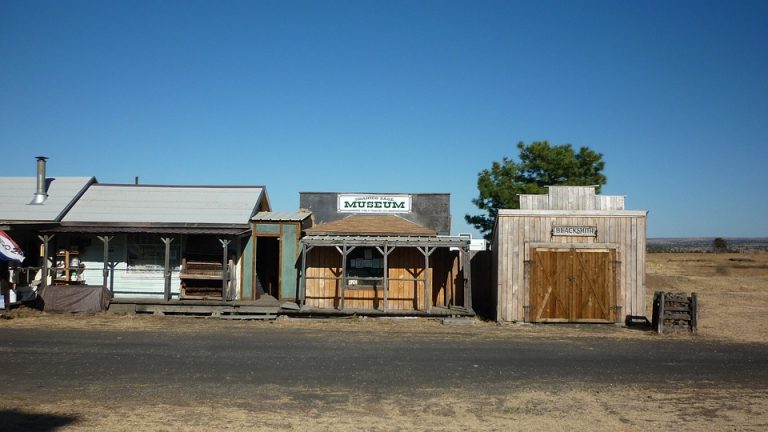
Unearthing the Fascinating Past of Oregon’s Landmarks
Oregon is a state that boasts of several landmarks that are rich in history and culture. From the iconic Mount Hood to the stunning Crater Lake, Oregon’s landmarks have been the subject of fascination for both locals and tourists. These landmarks have been shaped by natural and man-made forces that have contributed to their fascinating past.
One of the most recognizable landmarks in Oregon is Mount Hood, a stratovolcano that stands at 11,249 feet tall. Mount Hood has been a significant part of Oregon’s landscape for centuries and is considered a sacred site by the native tribes in the area. The mountain has a long history of volcanic activity, with its last eruption occurring around 220 years ago. The mountain has also been a popular destination for climbers and hikers, with over 10,000 people attempting to climb the peak every year.
Another iconic landmark in Oregon is Crater Lake, a stunningly beautiful lake that is formed in the caldera of an ancient volcano. The lake is known for its pristine blue color, which is due to the purity of the water and its depth, which is over 1,900 feet. Crater Lake has a rich history, with evidence of human habitation in the area dating back over 10,000 years. The lake was also a popular destination for Native American tribes in the area, who believed that it was a sacred site. Today, Crater Lake is a popular tourist destination, attracting over 500,000 visitors every year.
Oregon’s landmarks are not limited to natural wonders. There are also several man-made landmarks that have played a significant role in shaping Oregon’s history. The Oregon Trail is one such landmark, a 2,170-mile historic trail that was used by pioneers in the 19th century to travel from Missouri to Oregon. The trail was a treacherous journey, with pioneers facing several challenges such as harsh weather conditions, disease, and attacks from Native American tribes. The trail played a significant role in the westward expansion of the United States and is considered a significant part of Oregon’s history.
Another man-made landmark that has played a significant role in Oregon’s history is the Tillamook Air Museum. The museum is housed in a former naval air station that was built during World War II. The air station played a crucial role in the war effort, with its planes patrolling the Pacific Ocean and monitoring Japanese activities. Today, the museum is home to several aircraft, including World War II planes, and is a popular tourist destination.
Oregon’s landmarks are not just limited to natural wonders and man-made structures. The state is also home to several ghost towns that have been abandoned and left to decay over time. One such ghost town is Shaniko, a former wool shipping center that was abandoned after the decline of the wool industry. Today, the town is a popular tourist destination, attracting visitors who are fascinated by its history and the remnants of its past.
In conclusion, Oregon’s landmarks are a testament to the state’s rich history and culture. From the iconic Mount Hood to the stunning Crater Lake, Oregon’s landmarks have been shaped by natural and man-made forces that have contributed to their fascinating past. Whether it’s exploring the Oregon Trail, visiting the Tillamook Air Museum, or exploring the abandoned ghost towns, there is something for everyone in Oregon’s landmarks. These landmarks are a reminder of the state’s history and the people who have shaped it over time.


